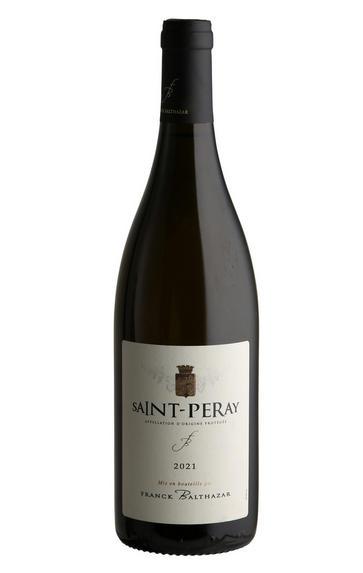
2021 St Péray, Franck Balthazar, Rhône
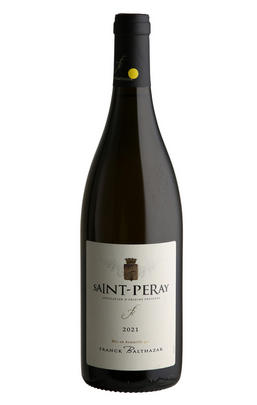
About this WINE
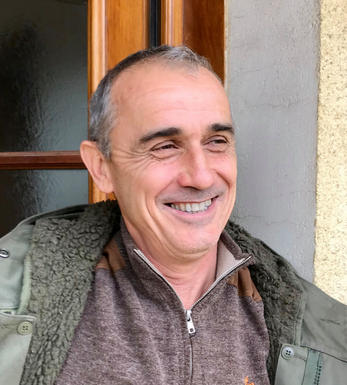
Domaine Balthazar
Nephew of the great Noël Verset, Franck Balthazar made his first vintage in 2002 and produces around 4,000 bottles. His smallholding of just 4 hectares is next to the ever-expanding Colombo, the winery built directly behind his home in the heart of the village. He works with 100% whole-bunch, minimal sulphur and Ecocert (organic) accreditation, producing wines that are cool and well-measured.
2021 was a demanding vintage for Franck, as for many others, with such high attention to detail required to maintain vine and grape health in the vineyards as the season progressed. He comments that he was exhausted by the end of it, however it was all worth the effort and he has made some utterly brilliant wines. His approach is honest and simple: focusing on the vineyard, minimal intervention in the cellar and only using old Burgundy barrels for his reds. Despite his reputation for making tiny volumes of highly sought-after, top-end Cornas, one of the most eagerly anticipated wines in our Rhône offer each year is his affordable, yet brilliantly poised Côtes du Rhône, sourced from organically grown vineyards around Séguret. Whilst all other volumes are down, we are delighted to have secured a little bit more of this for our offer this year.
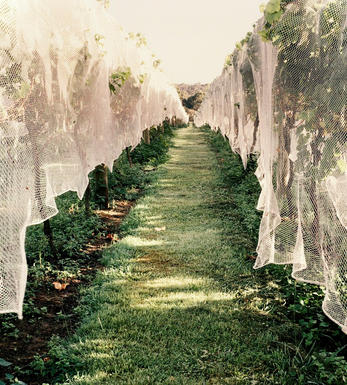
Saint-Péray
St Péray is a small Northern Rhône wine appellation situated directly south of Cornas, and directly west of Valence. There are 65 hectares of vineyards (mostly limestone-based), and the main production is sparkling wine made via the traditional method.
Ninety percent of the planting is Marsanne, the remainder being made up of Rousanne and the lesser-known Roussette. Production of still whites is on the increase and this is undoubtedly an appellation to watch.
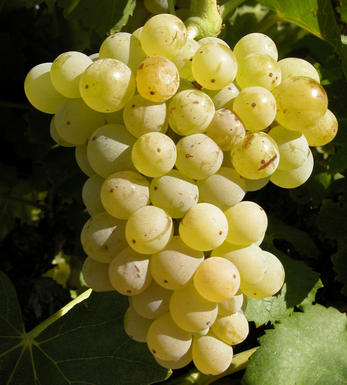
White Rhône Blend
With the exception of the wines from Condrieu and Château-Grillet virtually all Rhône Valley whites are made from blends.
In the north, the white wines of Hermitage, Crozes-Hermitage, St-Joseph, and St-Péray are produced from blends of Marsanne and Roussanne. Generally Marsanne is the dominant partner and it lends colour, body and weight to the blend, as well as richly scented fruit. Roussanne, a notoriously low yielder and pernickety to grow, produces intensely aromatic wines which contribute bouquet, delicacy and finesse to the blend.
Until about 15 years ago there was very little interest in southern Rhône whites as it was widely believed that the combination of dull non aromatic grapes and the baking summer heat meant quality wine production was nigh impossible. Since then the quality has improved markedly through the introduction of cool fermentation techniques and increased plantings of northern Rhône white grapes.
The base of many blends is still Grenache Blanc, a widely planted variety producing fresh wines with apple-like fruits, often with hints of aniseed. Ugni Blanc is still found in many blends, as is Clairette though their general lack of character and definition has led to a reduction in plantings. The future for southern Rhône whites appears to lie with Roussanne, Marsanne, and, increasingly, Viognier.


Buying options
Add to wishlist
wine at a glance
Delivery and quality guarantee